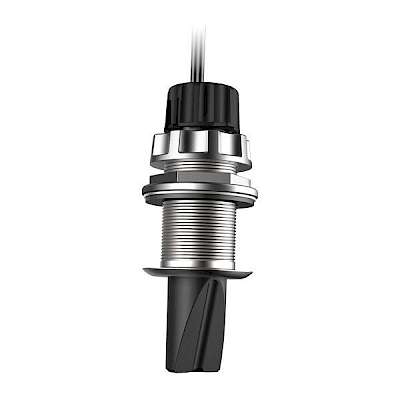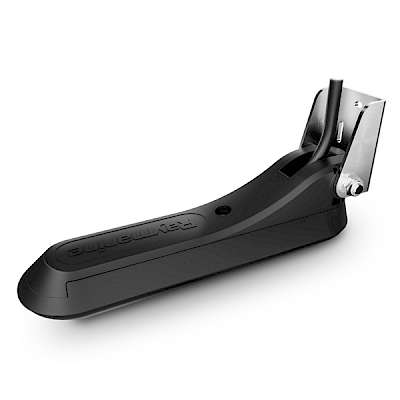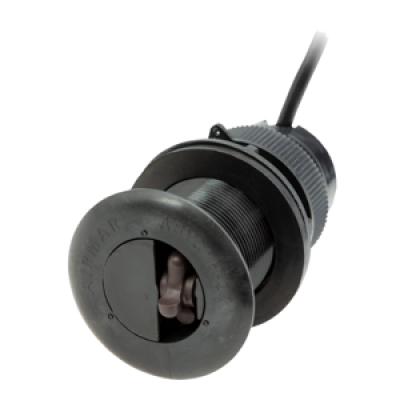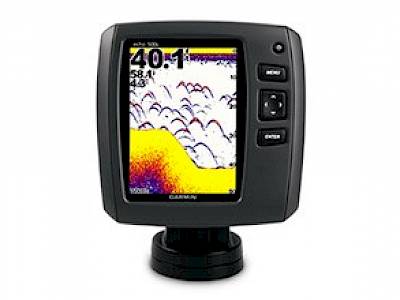
CHIRP up!
CHIRP techniques have been used for a number of years in many commercial and military sonar systems because of its ability to facilitate longer transmissions (see deeper targets) and differentiate objects in close proximity to each other, adding texture and detail never before imagined with conventional sonar systems.
CHIRP capabilities deliver amazing mid-water range resolution and enables products like Simrad's BSM-2 and Garmin's GSD 26 to penetrate to depths of 10,000 ft (3000m), revealing precisely defined individual targets at all ranges in unprecedented detail. These innovations offer serious sport fishing anglers fine-grained pictures with individual fish identified both near the bottom and underwater features, and throughout the water column.
To see how CHIRP (Compressed High Intensity Radar Pulse) is beneficial, let's start by considering how a non-CHIRP system operates. The traditional fish finder uses a pulse transmitted at a single fixed frequency. Typically this would be either 50KHZ or 200KHZ. Generally they are emitted at high power but for a very short time period. This combination limits the amount of energy that is sent into the water.
The result is a trade-off between target resolution and pulse length. This means that on the typical display it is difficult to differentiate fish that are swimming close together or those that are close to the sea floor. With CHIRP, the former trade-off is no longer an issue. A CHIRP unit typically outputs less peak power than the older fish finders. This greatly affects the total amount of energy that is released, now able to better distinguish objects in close proximity to each other.
Related Content






 $869.99
$869.99 $635.89
$635.89



















